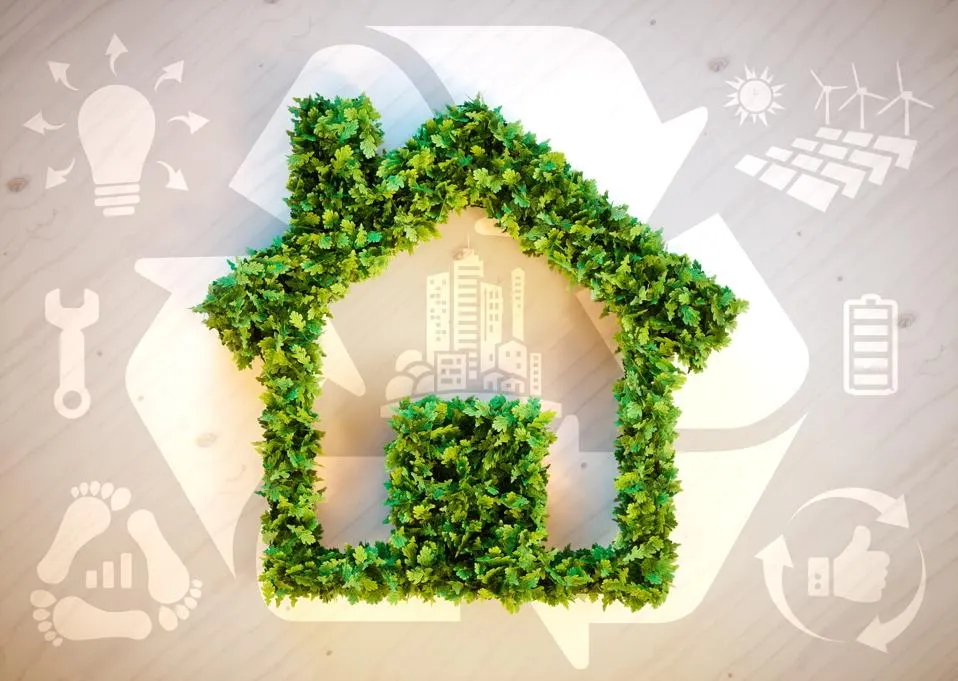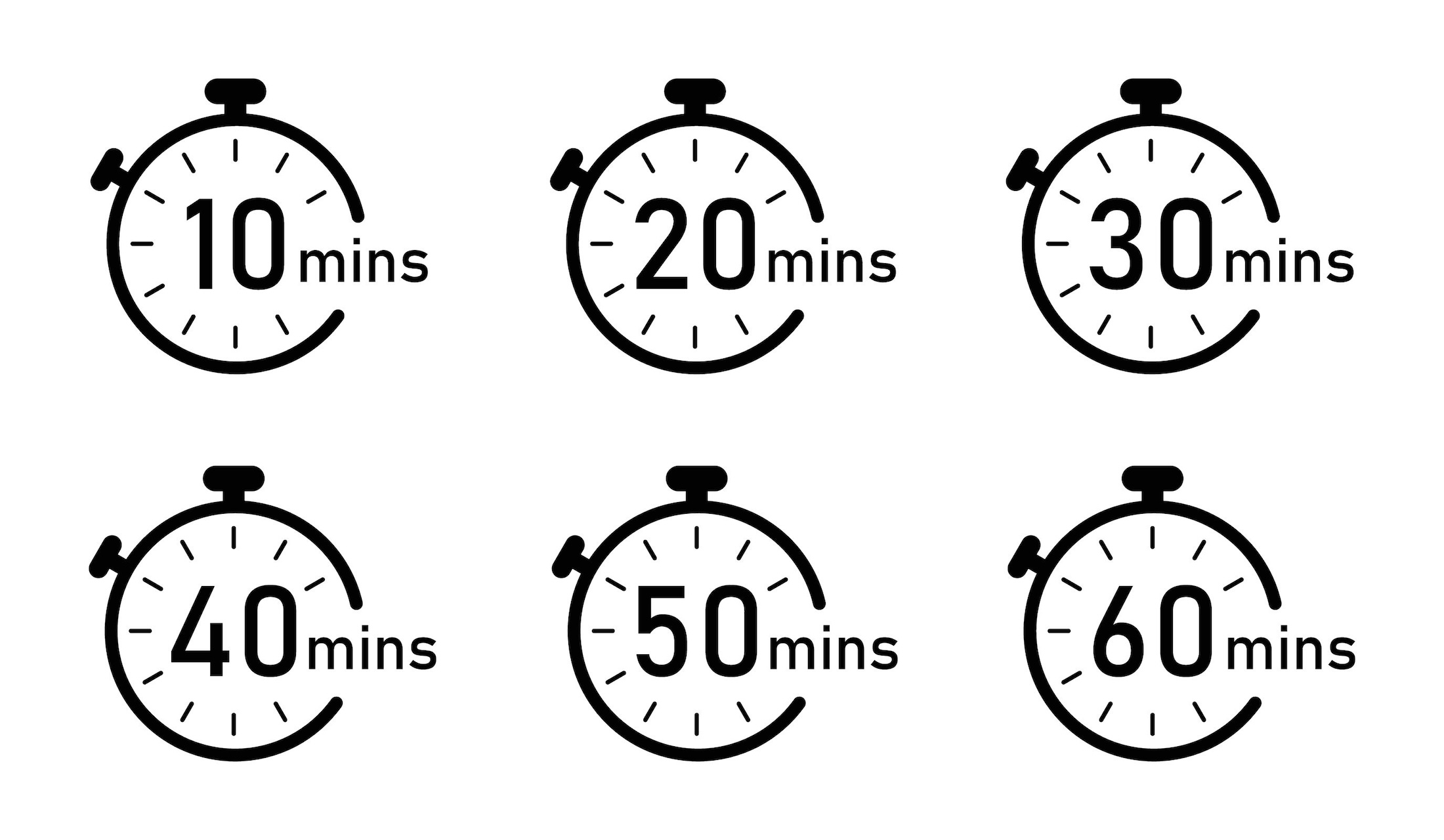Addressing the World Economic Forum in 2014, Indra Nooyi, CEO and Chairman of PepsiCo said, “there is an ethically responsible way to run companies and make money […] Change the dialogue, and that will build the trust.” Her words ring all the more true today.
Increasing public scrutiny requires companies to live up to their ESG claims. According to a PwC study from 2021, “investors expressed commitment to ESG goals in their investing and as a priority for their portfolio companies.”
Clear sustainability messaging is now central to discussions with investors, employees, and consumers.
According to global sources like the World Economic Forum, McKinsey and EY Environmental, Social and Governance (ESG), factors can drive value creation by fostering:
- Growth: greater confidence from investors, public authorities and consumers translates into growth via lower cost of capital on the financial markets (MSCI), greater leeway from regulators and increased adoption in new markets.
- Cost reductions: acting on ESG factors can improve efficiency and reduce rising operating expenses.
- Employee productivity: Strong ESG or sustainability ambitions “help companies attract and retain quality employees” as well as improve their motivation and productivity.
One way to ensure your company’s ESG efforts don’t go unnoticed is to build a robust Message House that aligns sustainability achievements, goals, and talking points for everyone across your company.
Three Steps to Building a Message House that Stands Up to Scrutiny
1/ Benchmark yourself: Gather intelligence about your competitors and the broader industry: where are you forging ahead or where are you lagging on ESG versus your peers?
- Don’t talk about an area where you’re playing catch-up the same way as you’d boast about an initiative that breaks new ground.
- If you’re just at the beginning of your sustainability journey, then show the steps that lead from where you are to where you want to be.
- Identify regulatory changes that may require action on your part. Challenges are an opportunity to improve and to show awareness of your responsibility to change!
- Know your company’s existing commitments across divisions and departments. If you have a dedicated ESG team, they will keep updating goals in line with growing pressure from stakeholders who expect companies to walk the talk.
2/ Build your Pyramid from the Top Down
- Every message flows from your SOCO, or “single overriding communications objective.” If your company has crafted a corporate purpose, that may be where to find the top of your pyramid. Or, it could be the catch phrase that sums up your ESG strategy, like the “L’Oréal for the Future” 2030 sustainability ambition. That’s as good a “why” statement as you can find. (Note: See my Forbes article on the Pyramid Principle for more tips on defining the top of your pyramid.)
- Structure for clarity. Each pillar of the pyramid supports the overarching message at the top. Pillars should be “Mutually exclusive and collectively exhaustive” (MECE). That means each one has a unique place in your pyramid- no repetitions- and yet when taken together, nothing is left out. Looking again at “L’Oréal for the Future”, their strategy has three pillars: “transforming ourselves,” “empowering our business ecosystem” and “contributing to solving the challenges of the world.” Each pillar shows how the company intends to act and is supported by proof points.
3/ Support your Pyramid with concrete examples
- Start a working group internally to interview key people in your organization. Identify proof points to illustrate your messages. If you have difficulty finding examples, look back to the top of the pyramid and ask “How?” or “Why?” until you have a solid relationship between your sustainability ambitions and your achievements. Always remember: proof points are essential, because stakeholders don’t tolerate “greenwashing.”
- A benefit of the internal interview process is that it increases employee buy-in and familiarity with the bigger picture.
Communication is Repetition
Your Sustainability Message House is the definitive toolbox for ESG communication inside and outside your company. Using it, all employees should now be able to answer a broader range of questions. They can easily connect personalized examples with the overarching corporate narrative. They can recombine parts of the pyramid to adapt their remarks to different audiences. The pyramid structure keeps everyone on message. When a company communicates clearly and consistently with investors, consumers, and employees, it builds trust for all stakeholders.





